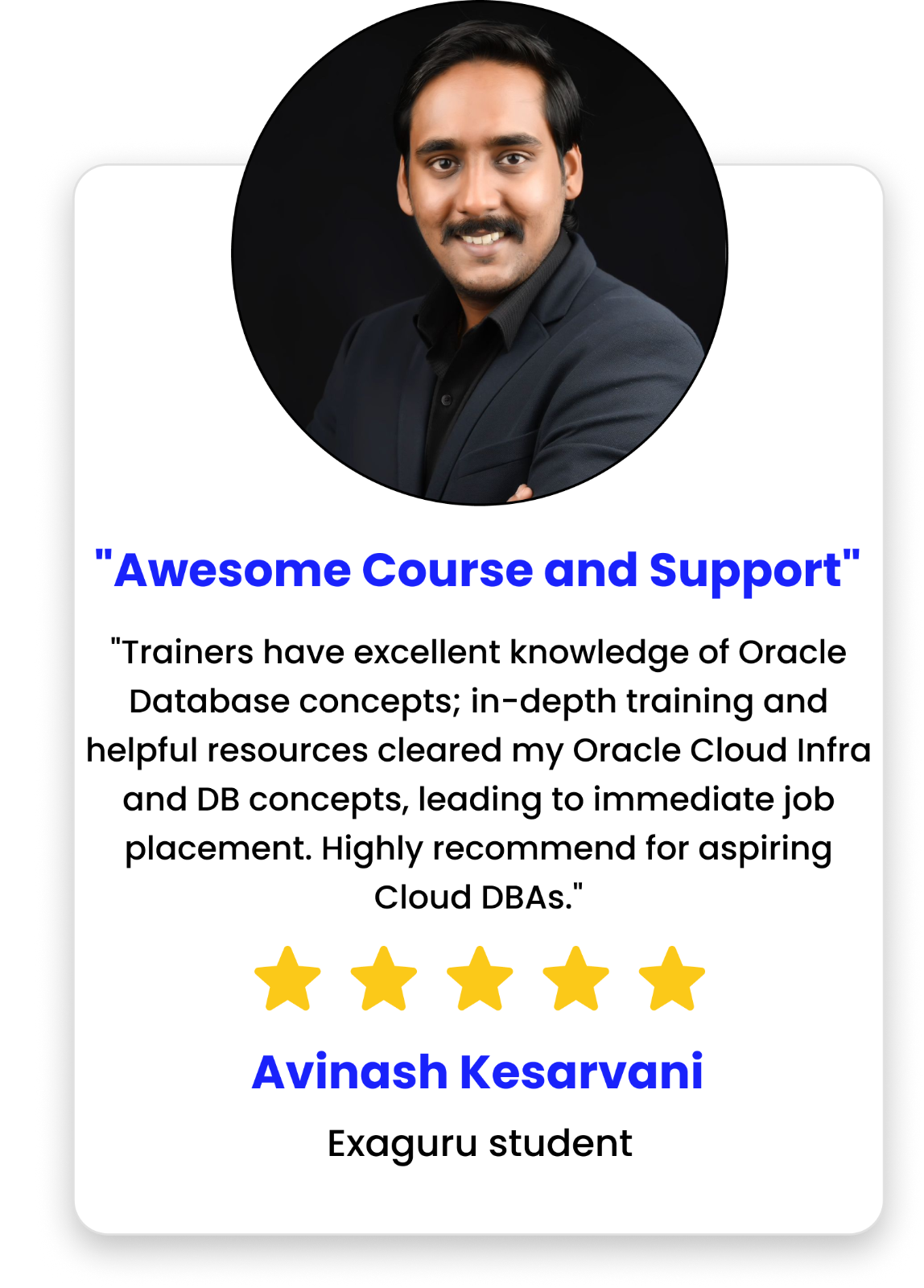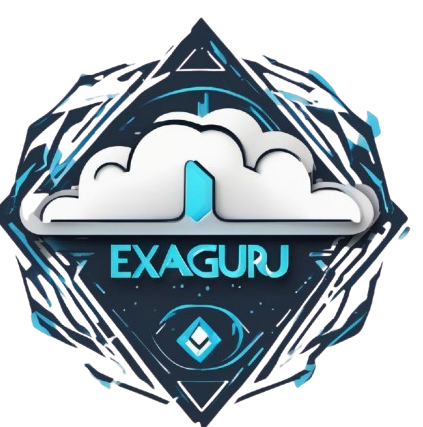- Lesson 1: General Configuration
- Lesson 2: Classic Database I/O and SQL Processing Model
- Lesson 3: Exadata Smart Scan Model
- Lesson 4: Exadata Smart Storage Capabilities
- Lesson 5: Exadata Hybrid Columnar Compression Data Organization
- Lesson 6: Exadata Smart Flash Cache Intelligent Caching
- Lesson 7: Storage Index with Partitions
- Lesson 8: Database File System
- Lesson 9: I/O Resource Management Overview
Exadata + ExaCC/ExaCS Expert
"DBA to Exadata DMA"
New Launch Offer | Get 50% OFF for First 100 Students Only
| Book a Call to get Coupon Code
₹ 48000 ₹ 24000

Our trust is placed by managers from these corporations:




COURSE CONTENT
- Lesson 1: Exadata Storage Server Administration Overview
- Lesson 2: Testing Storage Server Performance Using CALIBRATE
- Lesson 3: Configuring the Exadata Cell Server Software
- Lesson 4: Creating Flash-Based Grid Disks
- Lesson 5: Creating Smart Flash Log
- Lesson 6: Configuring ASM and Database Instances to Access Exadata Cells
- Lesson 7: Exadata Storage Security Overview
- Lesson 8: Exadata Storage Security Implementation
- Lesson 1: I/O Resource Management Overview
- Lesson 2: IORM Architecture
- Lesson 3: Getting Started with IORM
- Lesson 4: Enabling Inter-database Resource Management
- Lesson 5: Setting Database I/O Utilization Limits
- Lesson 6: Inter-database Plans and Database Roles
- Lesson 7: Using Database I/O Metrics
- Lesson 8: IORM and Exadata Storage Server Flash Memory
- Lesson 1: Optimizing Performance
- Lesson 2: Flash Memory Usage
- Lesson 3: Compression Usage
- Lesson 4: ASM Allocation Unit Size
- Lesson 5: Minimum Extent Size
- Lesson 6: Optimizing Database Performance with Exadata
- Lesson 1: Exadata Smart Scan Overview
- Lesson 2: Smart Scan Requirements
- Lesson 3: Monitoring Smart Scan in SQL Execution Plans
- Lesson 4: Smart Scan Join Processing with Bloom Filters
- Lesson 5: Other Situations Affecting Smart Scan
- Lesson 6: Exadata Storage Server Statistics Overview
- Lesson 7: Other Situations Affecting Smart Scan
- Lesson 8: Exadata Storage Server Wait Events Overview
- Lesson 9: Using Smart Scan
- Lesson 1: Migration Best Practices Overview
- Lesson 2: Performing Capacity Planning Overview
- Lesson 3: Database Machine Migration Considerations
- Lesson 4: Choosing the Right Migration Path
- Lesson 5: Logical Migration Approaches
- Lesson 6: Physical Migration Approaches
- Lesson 7: Post-Migration Best Practices
- Lesson 8: Migrating to Database Machine Using Transportable
- Lesson 1: Exadata Metrics and Alerts Architecture
- Lesson 2: Monitoring Exadata Storage Server with Metrics
- Lesson 3: Monitoring Exadata Storage Server with Alerts
- Lesson 4: Monitoring Exadata with Active Requests
- Lesson 5: Monitoring Exadata Storage Server with Grid Control Overview
- Lesson 6: Monitoring Hardware Failure and Sensor State
- Lesson 1: Monitoring Database Servers Overview
- Lesson 2: Monitoring Hardware
- Lesson 3: Monitoring the Operating System
- Lesson 4: Monitoring Oracle Grid Infrastructure
- Lesson 5: Monitoring Oracle Database
- Lesson 6: Monitoring Oracle Management Agent
- Lesson 1: InfiniBand Network Monitoring Overview
- Lesson 2: Manually Monitoring the InfiniBand Switches
- Lesson 3: Monitoring the InfiniBand Switches with Grid Control
- Lesson 4: Monitoring the InfiniBand Switch Ports
- Lesson 5: Monitoring the InfiniBand Ports on Database Machine Servers
- Lesson 6: Monitoring the InfiniBand Fabric: Subnet Manager Master Location
- Lesson 7: Monitoring the InfiniBand Fabric: Network Topology and Link Status
- Lesson 1: Database Machine Maintenance Overview
- Lesson 2: Powering Database Machine Off and On
- Lesson 3: Safely Shutting Down a Single Exadata Storage Server
- Lesson 4: Moving All Disks from One Cell to Another
- Lesson 5: Using the Exadata Cell Software Rescue Procedure
- Lesson 1: Exachk Overview
- Lesson 2: Running Exachk
- Lesson 3: Exachk Output
- Lesson 4: DiagTools Overview
- Lesson 5: Using ADRCI on Exadata Storage Servers
- Lesson 6: Image Info Overview
- Lesson 7: Image History Overview
- Lesson 8: OSWatcher Overview
- Lesson 1: Using RMAN with Database Machine
- Lesson 2: General Recommendations for RMAN
- Lesson 3: Disk-Based Backup Strategy
- Lesson 4: Disk-Based Backup Recommendations
- Lesson 5: Tape-Based Backup Strategy
- Lesson 6: Backup and Recovery of Database Machine Software
- Practice Cell CLI on Cracked Machine (Bonus)
- Cracked VM provided for practice (supports 70% of cell CLI commands)
- Cell CLI Command Cheat Sheet provided for practice
- What is cloud?
- Why do I use it?
- Cloud vendors in the market
- Oracle Cloud advantages
- EXACC vs OCI
- EXADATA vs EXACC vs EXACS
- Performance Comparison between AWS, AZURE, and OCI/EXACC
- Different types of Cloud at Customer offerings
- Oracle Cloud at Customer
- Oracle Exadata Cloud at Customer
- Prepare for Cloud @ Customer machine
- Physical Requirements
- Network Requirements
- Cloud ops team and their role
- Access to Exadata Cloud at Customer
- Secure Shell (SSH) Public/Private Key Pair
- SSH Tunnel to a Compute Node Port
- Custom Host and SCAN Name for Exadata
- Cloud at Customer
- Network Encryption and Integrity
- Data Security
- SQL Developer Web
- Migrating Oracle Databases to Exadata Cloud at Customer
- Overview of ZDM
- RMAN
- Data Pump
- Data Guard Physical Standby
- Unplugging and Plugging a Pluggable Database
- Plugging in a Non-CDB
- Cloning a Remote PDB or Non-CDB
- Create and Delete an instance
- Database Deployment
- Stopping, Starting and Restarting Compute Nodes
- Exadata I/O Resource Management
- Administering VM Clusters
- Administering Oracle Homes
- Administering a Data Guard Configuration
- Backup and Recovery for Databases
- Deleting a Backup
- Backing Up to the Object Storage Cloud
- Customizing the Current Backup Configuration
- Disabling and Re-enabling Scheduled Backups
- Restoring from the Backup – Most Important
- Scaling of Components
- CPU Bursting
- Memory
- Scaling Across Exadata System
- Creating a database using Oracle Rest API
- Deleting a database using Rest API
- Stop-start the database using Rest API
- Stop-start the VM using Rest API
- The difference in DB creation with dbaascli and Rest API
- OCI CLI setup
- Create an Exadata database
- Delete the Exadata database
- Database Inventory Info
- Monitor activity progress in detail
"Exaguru Cloud Architects: Leveraging expertise from tech Giant's"





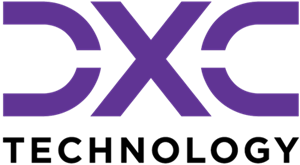



Why Should take this course?
DBAs can effortlessly transition from traditional database management to Oracle Cloud with this course, gaining advanced cloud skills and expertise.Oracle App DBAs can enhance their skills by mastering Oracle Cloud's advanced features for application database management.
System Admins can broaden their expertise by mastering Oracle Cloud's powerful infrastructure management features. Cloud Admins can enhance their skills by mastering Oracle Cloud's architecture and best practices for managing complex environments. Oracle Developers can adapt to cloud-native practices within the Oracle ecosystem with this essential training.

top 5 Features of Exadata
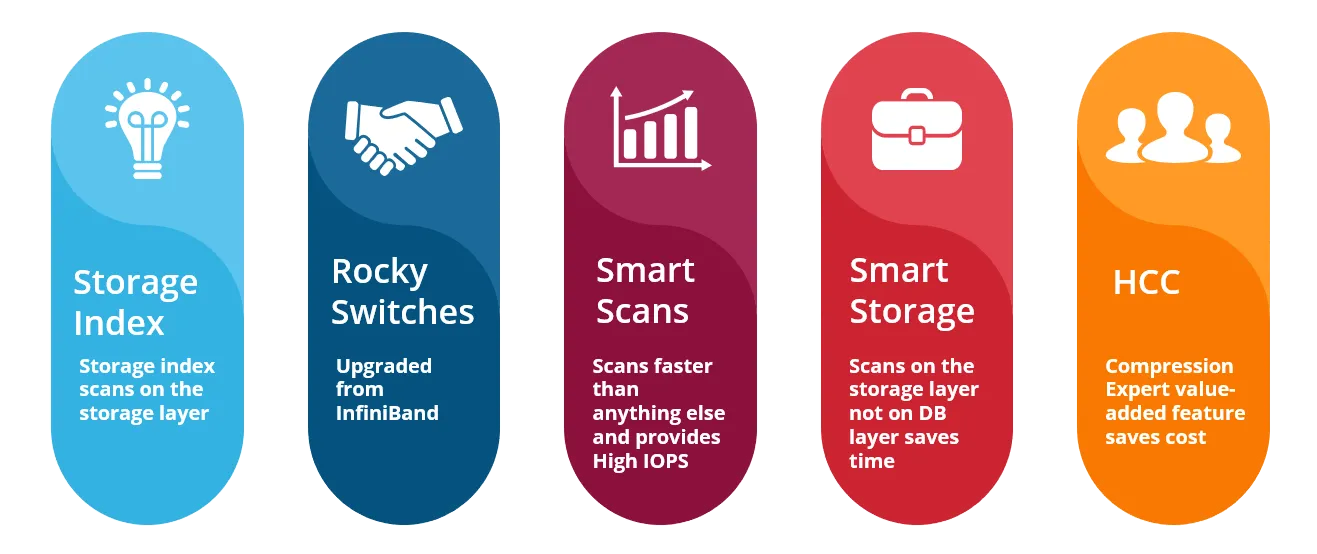
Exadata training empowers professionals to unlock the full potential of Oracle's high-performance database platform, ensuring they stay ahead in the fast-evolving data management landscape and enable their organizations to maximize efficiency, scalability, and reliability with the latest innovations in database technology.
Oracle Exadata Mindmap
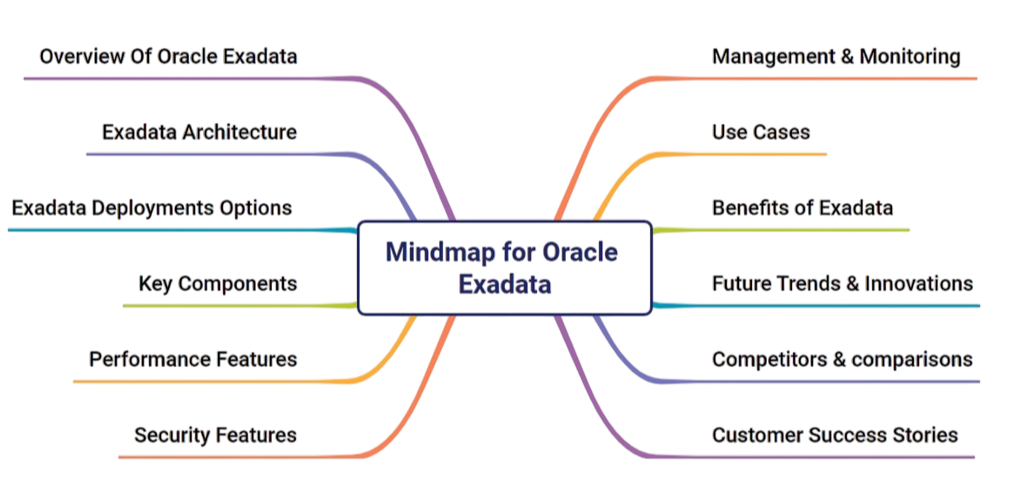
ABOUT THE PROGRAM
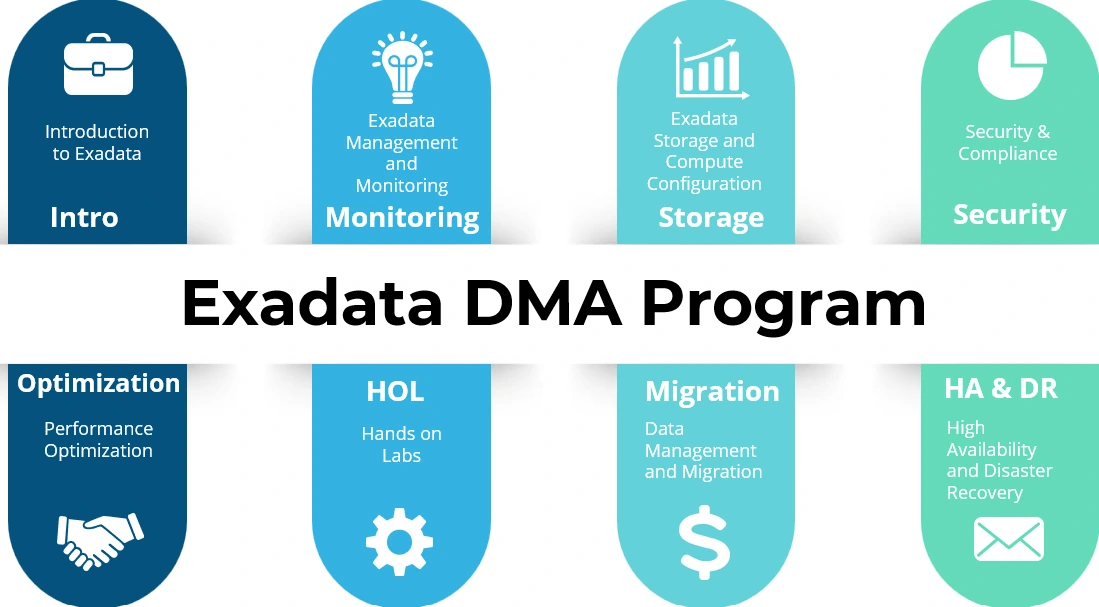
User Stories
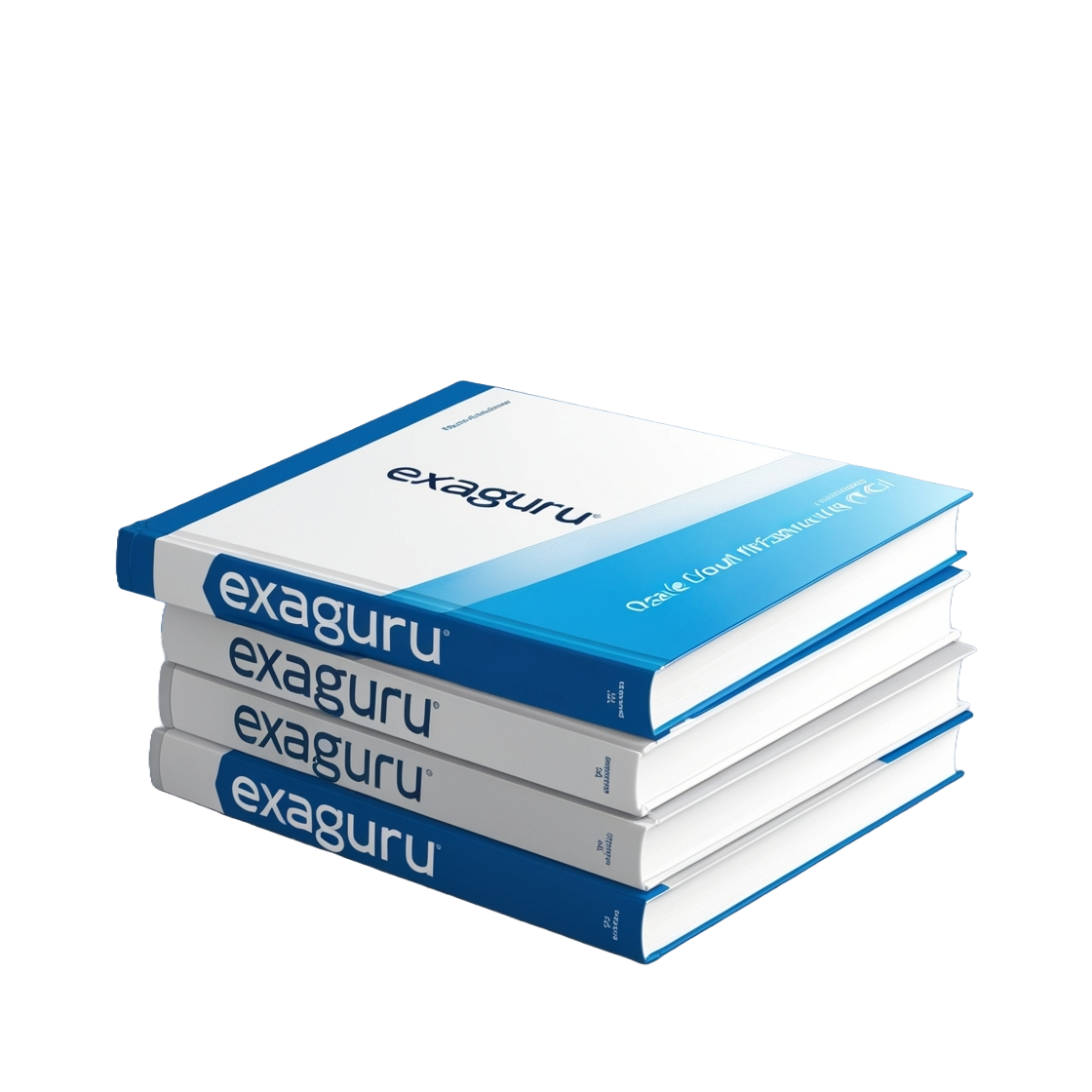
Course Material
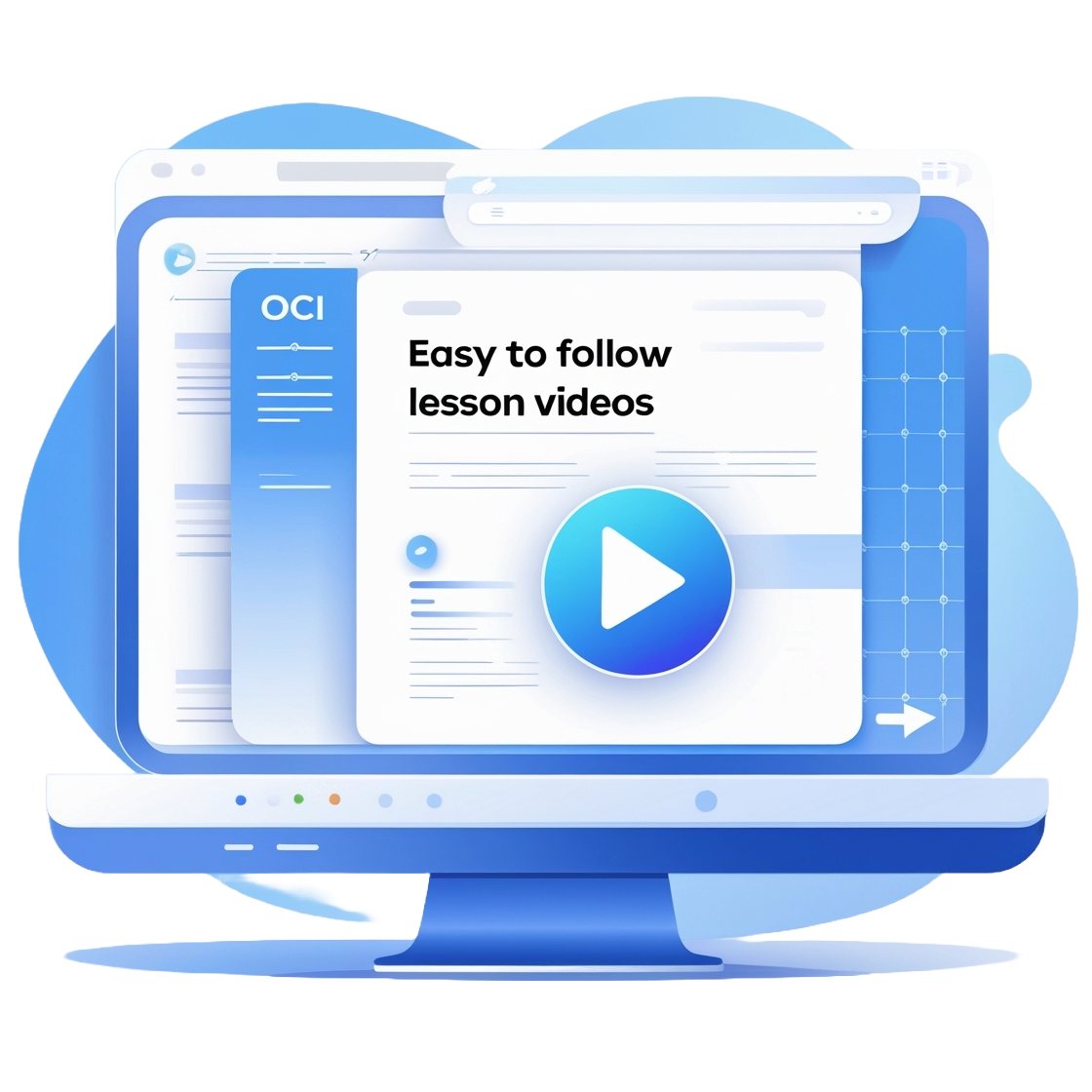
Easy To Follow Lesson Videos
.

Downloadable PDFs For All Modules
Get Oracle Certified
Yes! You will get a course completion certificate from Exaguru but we urge to complete Oracle Certification from Oracle University for which guidance will be provided in the course.
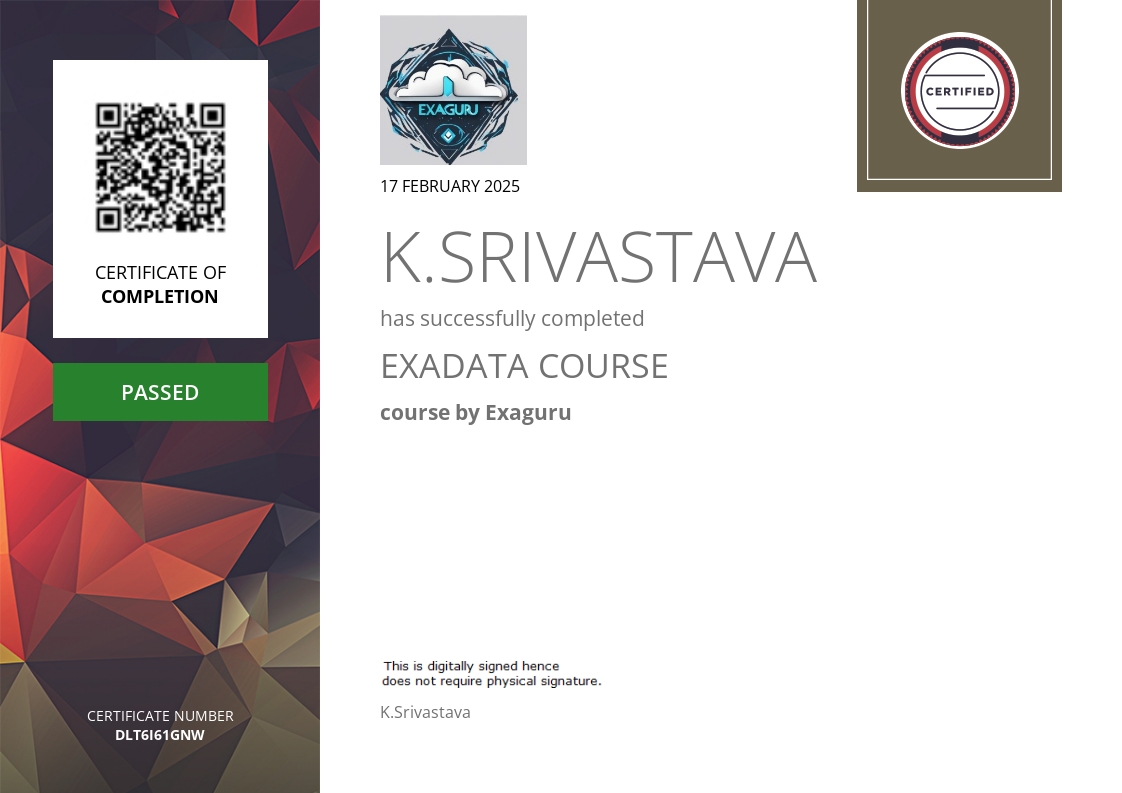
| Frequently Asked Questions
Our Exadata training provides a comprehensive understanding of cloud concepts, starting from the basics. It’s designed to equip you with the knowledge needed to work confidently with Exadata systems and cloud-based databases.
No prior experience is required! We cover all fundamental cloud concepts and guide you step-by-step through the course, ensuring you build a solid foundation to advance your career.
Absolutely! We offer full support and encourage you to ask questions at any time. Whether you're struggling with a concept or need clarification, we're here to help you bridge any gaps in your learning.
This training will provide you with the skills needed to manage and optimize Exadata systems effectively. With the rise of cloud technologies, mastering Exadata and cloud concepts will open up new opportunities in the tech industry.
Yes! Whether you're new to Exadata or have some experience, the course is designed to take you through the basics and beyond, ensuring you gain a solid understanding of all the essential concepts.
While Exadata certifications can be beneficial, practical knowledge is key. Focus on hands-on learning and start applying for oracle exadata jobs based on your skills
Students should have a decent knowledge on Oracle Database Architectures
The training duration is 8-10 weeks, with sessions everyday at specified timings in the evening around 8.30 PM IST
You can start learning Oracle Database first without prior experience on Oracle Database this course will not be useful for you.
Kindly schedule a call with exaguru team to let us analyze your skill set before the gap.
Our instructors bring over 15 years of industry experience in Exadata and Oracle technologies to the table, combining real-world expertise with a passion for teaching. We believe in the power of practical implementation
Refund Policy
96-Hours, 100% Risk-Free Guarantee


